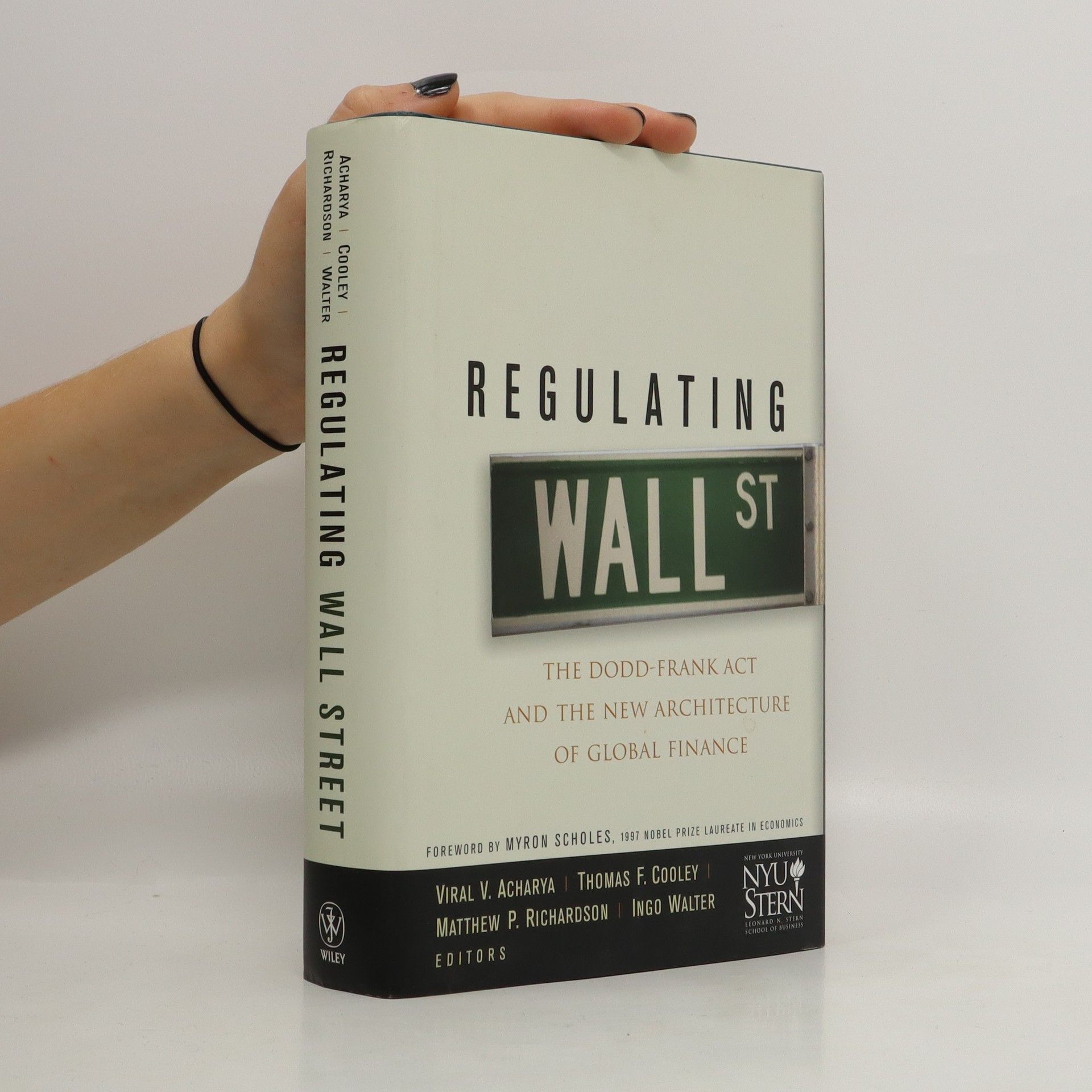Experts from NYU Stern School of Business analyze new financial regulations and what they mean for the economyThe NYU Stern School of Business is one of the top business schools in the world thanks to the leading academics, researchers, and provocative thinkers who call it home. In "Regulating Wall Street: The New Architecture of Global Finance," an impressive group of the Stern school's top authorities on finance combine their expertise in capital markets, risk management, banking, and derivatives to assess the strengths and weaknesses of new regulations in response to the recent global financial crisis.Summarizes key issues that regulatory reform should addressEvaluates the key components of regulatory reformProvides analysis of how the reforms will affect financial firms and markets, as well as the real economyThe U.S. Congress is on track to complete the most significant changes in financial regulation since the 1930s. "Regulating Wall Street: The New Architecture of Global Finance" discusses the impact these news laws will have on the U.S. and global financial architecture.
Viral V. Acharya Books
